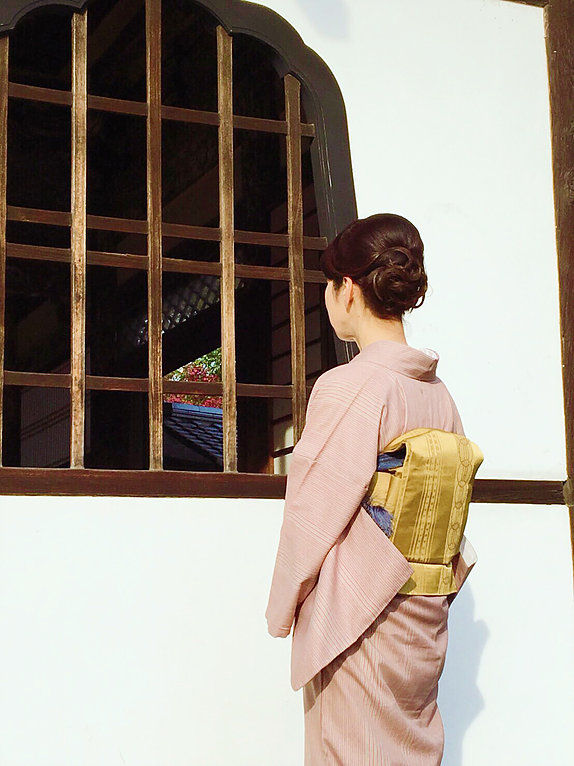KATOUMADO (Flower Shaped Window) at Todai-ji Temple
- Akane Kibune
- Feb 3, 2018
- 1 min read
Kodai-ji (高台寺) temple was established in 1606 by Kita-no-Mandokoro (1548-1624) in memory of her late husband Toyotomi Hideyoshi (1536-1598). Kita-no-Mandokoro was also known as Nene. The temple is really a nice place to visit to enjoy beautiful scenery including its two famous gardens: the karesansui (traditional Japanese dry landscape) style, and the chisenkaiyu (pond and path) style.
In Kaisando (開山堂 - Founder's Hall), designated as a Japanese important cultural property, there are flower shaped windows called Katohmado (花頭窓, Ka=flower, tou=head, mado=window in Kanji characters), which are said to be brought by Zen monks from China in the Kamakura period.
Originally, Katoumado was written as 火灯窓 (Ka=flame, tou=lgith, and Mado=window), however, since flame is the most dangerous substance for wooden architectures, those kanji characters were changed.
Today, maybe thanks to the name change, we are able to visit this beautiful, four-hundred-years old construction. Please try YUMEYAKATA's Kimono and feel the warmth of ancient Japan.
Akane Kibune
Kodai-ji Temple:
Open:
9:00am-5:30pm (entrance closes at 5:00pm)
Admission:
Adluts 600yen
Junior high/high school students 250yen
Access:
10 mins. on foot from Gion Shijo station, Keihan line
15 mins. on foot from Kawaramachi station, Hankyu line
5 mins. on foot from Higashiyama Yasui, Kyoto City bus


MAP:




Comments